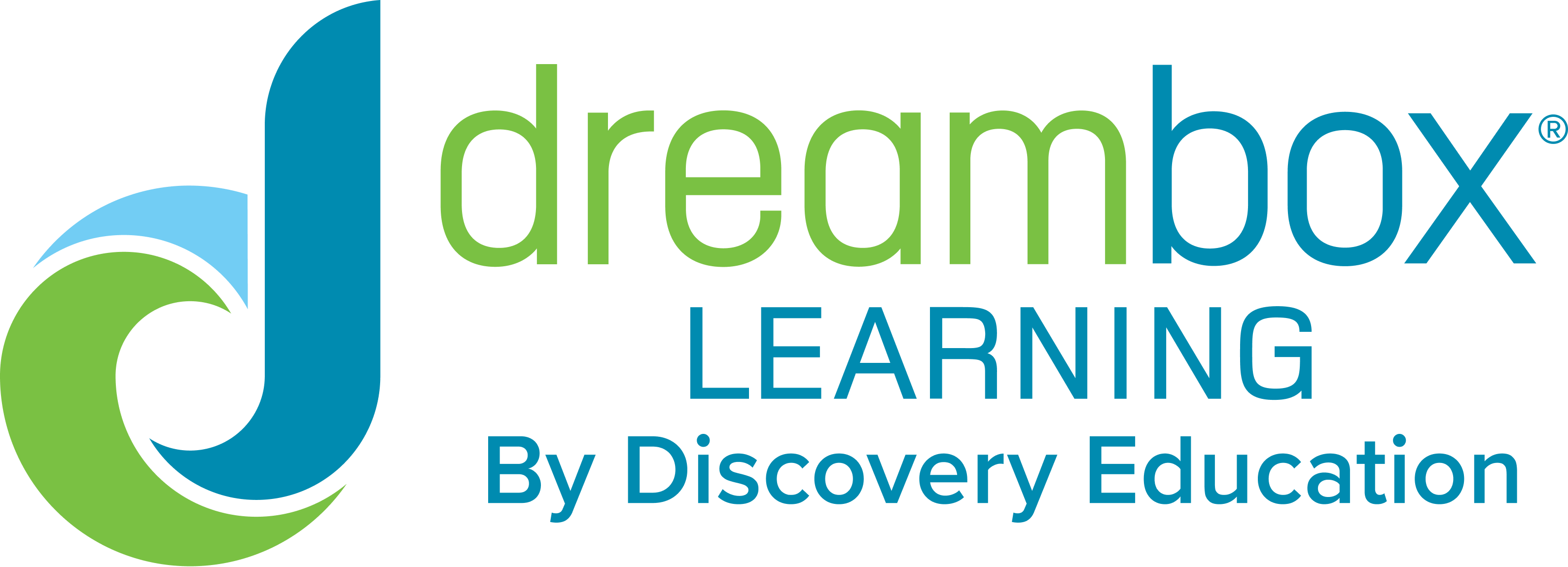Blogs
Science of Reading: A Conversation with Education Leaders on Understanding and Implementing New Literacy Practices.
August 24, 2023
SHARE NOW
In recent decades, researchers have identified key practices proven to effectively teach students to read, known as the science of reading (SoR). A growing achievement crisis in literacy rates has fueled many states throughout the country to enact legislation requiring all students to have access to this evidence-based reading instruction. District administrators and educators are grappling with how to implement the legislation to best serve the needs of their students.
During our recent webinar, Navigating Science of Reading Legislation & Transforming Literacy Initiatives, Kristin Gehsmann, EdD, the recent Director of The Virginia Tech School of Education, gave historical context on the SoR and discussed critical components for translating this research into practice. Jeffrey James, EdD, the Superintendent of Iredell-Statesville Schools, NC shared his professional experiences leading the transformation of literacy initiatives in a diverse school district with more than 20,000 students. These experts led an engaging discussion that offered attendees new insights as they begin to respond to SoR legislation. Here are some key takeaways from this insightful and dynamic conversation:
1. Learning to read is a complex process. It’s important to respect and acknowledge the complexity as educators design literacy initiatives.
A key point our speakers conveyed from the onset is that learning to read is a dynamic, multi-faceted process. Dr. Gehsmann explained, “Reading is a complex and developmental process that requires expert knowledge and research on how students become readers.” In order to effectively transform literacy practices and outcomes, it’s critical that educational leaders take this complexity into account. Dr. James added, “One size does not fit all […] We have to meet the child where they are.” The process of learning to read must be based on what works and include a personalized approach that can be adapted to fit the unique needs and strengths of each student.
2. It’s critical to implement practices that are based in research and proven with evidence.
In discussing how to ensure that all students learn to read, both experts talked about the vital importance of implementing literacy practices proven to work and address the different components of learning to read. Dr. James explained that he sees it as his duty as an educational leader to “Make sure that the programs we put in place are effective […] when we adopt a program, we want to see the research behind it.” Dr. Gehsmann added that it’s essential that district leaders evaluate programs and research with this critical lens – ensuring that the evidence is significant and valid.
When Dr. James immersed himself in the SoR research, he was excited to find an evidence-based, holistic program that creates a structure to teach reading and takes word recognition, language, and comprehension into account. He clarified that it is critical that there should be guidance on the sequence students should learn. Dr. Gehsmann added that when implementing these research-based methods, it’s vital for educational administrators to “help educators translate the research that exists into practice,” to ultimately bring these practices to scale.
3. When deploying new initiatives, plan proactively, roll out strategically, and allow time for change to occur.
Speaking from over two decades in education, Dr. James emphasized the importance of thoughtful and strategic planning when rolling out new initiatives. He has found using pilots for the initial phases of programs especially beneficial as it allows them to start out small and "get all the bugs out of deployment” before wide-scale implementation. He also shared that his district found it helpful to invite teachers to visit the classrooms of teachers who “are doing extraordinary things and moving the needle forward.” This provides models of best practices and builds relationships among teachers, creating a system of support and collegiality.
Once rolling out the SoR across the district, Dr. James and his leadership team took steps to ensure that teachers would not be overwhelmed with adopting several new initiatives or programs simultaneously. They reviewed other initiatives in the district to identify those that could be delayed or reconsidered. Dr. James described the measure of a successful rollout as being truly systemic, which takes intentional efforts and time for change to take hold. He explained, ”When I walk into one building, I'm seeing the same thing that I am in any other building. But it does take three to five years to see that level of embedded practice.”
4. High-quality educators are the lynchpin for student learning and achievement. To successfully transform literacy initiatives, it’s essential to get teacher buy-in.
According to Dr. James, successful implementation “really comes down to effective teaching.” Because of this, efforts to support educators – and build their belief in the value of changes to instructional practice – are fundamental to achieving literacy. Dr. James and Dr. Gehsmann emphasized that an initial, important step to get teacher buy-in is helping teachers understand the research they’re putting into practice. When teachers understand the purpose of new approaches, they’re more likely to implement these practices.
Dr. James shared that when implementing the SoR, he recognized that it would require “a huge lift for teachers.” To support this effort, he and his leadership team designed professional development that offers a sustainable system of support for teachers during the rollout. The leadership team invited teachers to evaluate resources and inform decisions about programs. He also regularly sought feedback from educators in his district on school climate and what they needed to be successful. The district focused on communicating to teachers how much they are valued and appreciated, and he found ways to provide financial incentives for training and scheduled professional development during working hours.
5. Embedding formative assessment is key in implementing literacy initiatives, so educators can catch issues early and intervene.
When implementing these new literacy practices, both Dr. James and Dr. Gehsmann noted the importance of systematically including valid and reliable assessments that can be used to measure learning and guide teaching within the SoR framework. Dr. Gehsmann explained the critical role assessments play in implementation. “You really want to make sure that you have valid and reliable assessments […] that are informing teachers’ instructional decisions.” Dr. Gehsmann added a note of caution: “When we're looking at assessments, we want to be really careful that we don't become so hyper-focused on some skills that we miss the importance of students being able to orchestrate all of these skills to read with comprehension.” With varying reading abilities within a classroom, formative assessment is essential to understand where students are, what they need to move forward, and how they are progressing on their goals.
6. High-quality, proven resources that align with SoR are vital for literacy success at scale.
The panel of experts pointed out the importance of having resources and tools in place that are aligned with SoR and proven by research to support reading growth and achievement at scale. Ed-tech solutions that offer adaptive and dynamic assessment, instruction, and practice can provide schools and districts with the support they need to personalize learning for each student at scale. When selecting resources, they noted that districts must evaluate the data and research behind products to ensure they are using their resources on solutions that will significantly impact student learning. Both Gehsmann and James cautioned districts to always question the validity of research and data. James shared he always asks vendors, “What research have you done? How many students were involved in the research? What was the effect size?” This evaluation ensures that districts deploy high-quality, proven resources.
7. Many noninstructional variables impact literacy readiness, growth, and development.
Dr. Gehsmann and Dr. James expanded the conversation around literacy practices to make the critical point that learning to read is influenced by an array of complicated factors and not solely the product of instructional practices in a classroom. From shortages in well-qualified teachers, to inequitable school funding and access to books at home and at school, reading growth and development are often heavily affected by economic disparities. With this context, Dr. Gehsmann explained, “We have to approach the Science of Reading […] and falling levels of reading achievement by looking at a constellation of factors and potential solutions to these challenges.” Dr. James noted that these solutions might include offering free breakfast and lunch and access to early learning programs, along with other mechanisms to increase equity, opportunity, and support. Acknowledging the complexities of literacy development and achievement and responding more holistically will result in better overall outcomes for students.
8. Reading is an essential component for lifelong learning and success.
A common theme throughout the conversation is the belief that teaching students to read is one of the most fundamental and critical purposes of schools – for both individual and collective success. Dr. Gehsmann described this educational mission, saying, “The goal of reading instruction should be efficient and accurate reading that allows readers to derive meaning from what was read. […] That's the whole point. We want students to be able to read, to gain knowledge, but also to bring enjoyment to their lives.”
Dr. Gehsmann went on to explain insights from cognitive psychologists who have found that “Reading literally changes the brain. […] Reading can advance perspective-taking and empathy.”–skills that are critical for individuals and groups to problem-solve, collaborate, and create vibrant inclusive communities. Successfully learning to read is a primary ingredient for a productive and fulfilling life. Because of this, educational leaders must ensure all students have access to research-proven, high-quality literacy instruction, resources, and practice.
There’s a tremendous opportunity for additional research to learn more about best practices to teach reading at scale.
With wide scale implementation of SoR reading practices across the country, there’s an opportunity for partnerships between school districts and higher educational institutions to expand the body of research on reading pedagogy and the process of learning to read. Dr. Gehsmann described her aspirations for what this next phase of SoR deployment can bring: “We're continuously learning … and maybe this is more of a hope, that school districts will start to partner with university faculty to translate the existing research into practice, and even take it the next step further and learn how to scale it up.” This relationship between research and practice would allow for the replication of previous empirical studies as well as the development of new insights into understanding of how students progress through the complex process of learning to read – all leading to better practices and outcomes for students.
You can watch the full discussion on demand here.










